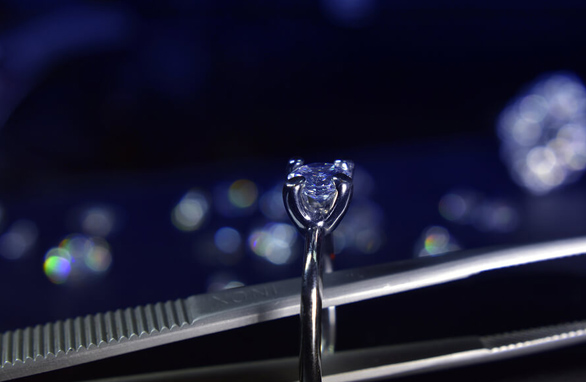The Shift Towards Lab Grown Diamonds In The Jewellery Market
Posted on
Lab made diamonds are grown in controlled laboratory environments that duplicate the natural method of diamond formation beneath the Earth’s crust. They are growing in popularity over recent years – finding themselves in the middle of a debate that they are set to disrupt the diamond industry.
Why are there so many misconceptions about lab diamonds?
One simple word – uncertainty. There’s this unknown factor and fear of the coming disruption of lab-grown diamonds. From the industrial mining operations to independent retailers, there are news to impede the growth of cultured diamonds. This includes spreading fear, uncertainty and doubt about lab diamonds. There have been critiques regarding the artificial growth process of lab-grown diamonds, as it leaves defects and marks inside the stone. But, this process simply mimics or replicates the earth’s process. The crystal growth is attributed by the laws of chemistry, most of which mankind have no control over. Without creating the proper environment for natural chemistry to work, the atomic structure of any gemstone will not be assembled.

How are lab grown diamonds comparable to mined diamonds?
While these stones do not go through the same natural geological process as mined diamonds, lab created diamonds are made from 100% carbon crystal and share an identical chemical composition as the latter. Even for trained professionals, lab grown diamonds are visibly indistinguishable than mined diamonds, and it would take very expensive laboratory equipment to make a positive identification of lab made diamonds. On the other hand, diamond simulants, have an identical appearance to natural diamonds but have different chemical and physical properties. Stimulants, such as Cubic Zirconia, can also be distinguished from lab grown or mined diamonds by the naked eye.
How are consumers embracing lab grown diamonds?
Earth-mined diamonds have long been seen as the ultimate expression of love, being the preferred stone for engagement rings that carries significance and sentimental value. Despite the potential disruptive threat from the “man-made” alternative, it remains divisive whether consumers are drawn to lab grown diamonds for a highly sentimental piece of jewellery. The exquisite beauty of mined diamonds offers a captivating allure, but with the same chemical and physical properties shared by lab diamonds, the latter can simply fit a shopper’s budget easily. For some, they simply prefer a bigger stone without the luxurious price tag. As beautiful as they are, lab grown diamonds are certainly coming in as an alternative with a much more accessible price point for consumers to make their purchasing decisions.
